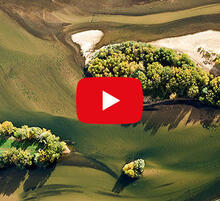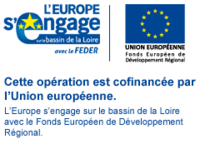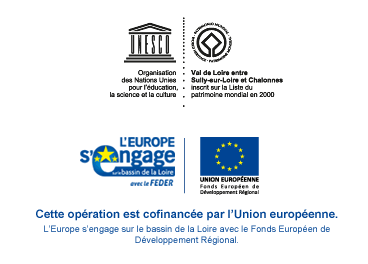- Home
- Act
- Tourisme et loisirs
- Supporting environmentally-friendly transport means
Supporting environmentally-friendly transport means
Published on 21 December 2016 - Updated 16 December 2019
Local stakeholders are showing signs of renewed interest in the development of environmentally-friendly transport means. This is a way of strengthening residents' ties with the river and becoming better acquainted with the territory, whilst contributing to a more continuous (rather than staggered) enhancement of it and better distribution of tourist flows. It also has the positive effect of extending visitors' average stays, thereby optimising the local benefits of tourism. How can the emergence of these new transport means be supported and facilitated? How can responsible management of the necessary services and developments be planned and ensured?
To know...
- L’aménagement de modes de déplacements doux s’inscrit dans le moyen terme, plusieurs années séparant souvent les premières études de l’aménagement effectif des circuits.
- Une réflexion spécifique doit être menée à l’échelle locale pour créer des boucles locales et faciliter la connexion avec les axes structurants, afin de proposer une variété d’itinéraires.
- Une diversité de modes de déplacements doux peuvent être valorisés (pédestre, équestre, cycliste, fluvial). Leur combinaison dans une logique d’intermodalité est un véritable enjeu.
€80
daily expenditure
for tourists cycling along the
La Loire à Vélo trail
in 2015
Link experiences
Be the first to share your experience: tell us
How to ?
Check out the baseline documents, tools and methods:
- Read the World Heritage site management plan
- Find out about the routes available ( http://www.valdeloire-france.com/balades/itinerantes )
- Check out the projects: Habiter l’eau - Laboratoire ligérien 2015
Assess the resources, key issues and requirements
Environmentally-friendly routes must be developed on the basis of in-depth observation of residents' and visitors' existing uses and closely involve the local stakeholders.
- Identify the heritage points of interest and landscape viewpoints
- Identify and develop economic activities and services (food, accommodation, bike rentals and repairs, local produce outlets, etc.)
- Identify the key traffic issues (particularly through General Transport Plans/PGD) and clarify the development requirements
Plan and support the layout of routes and trails
- Plan the services and fixtures along routes (rest areas, signage, etc.)
- Involve the local stakeholders and support the roll-out of available services (food and accommodation options, etc.)
To assist me
Vous n’avez pas trouvé l’information que vous cherchiez dans cette page ?
Demandez-nous
Bien reçu !
Nous vous répondrons prochainement.
L’équipe de la Mission Val de Loire.

![Nouvelles Renaissance(s] 2023](/var/storage/images/val-de-loire-refonte/dossier-de-parametrage/pied-de-page/nouvelles-renaissance-s-2023/517479-13-fre-FR/Nouvelles-Renaissance-s-2023_image_largeur220.png)


 Lettre d'information
Lettre d'information
 Facebook
Facebook
 Flickr
Flickr
 Podcloud
Podcloud
 Dailymotion
Dailymotion
 Box
Box
 Slideshare
Slideshare
 Diigo
Diigo

